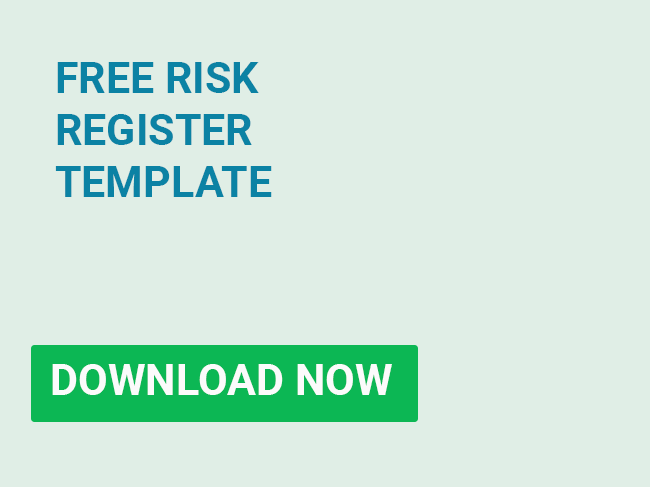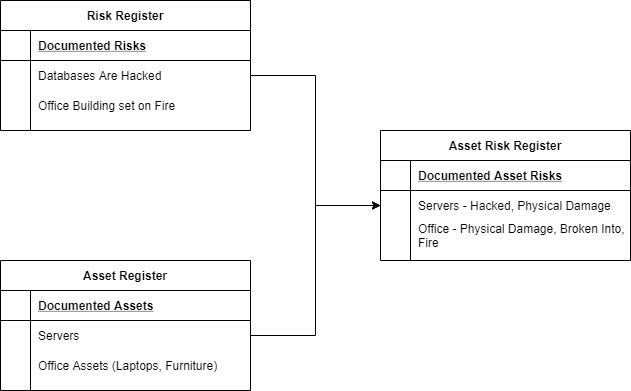How to Create an Asset Risk Register [+Template]
Published: January 19th, 2021
Author: Matthew Quinn
Categories: Risk Management
Choosing how to design a risk register can seem like a challenge. It is often difficult to know where to start. In this article, we’ll explore one of the most popular types of risk register: an Asset Risk Register. Widely used, it is particularly common in the information security field.
**Free Download: Asset Risk Register Template**
What is a Risk Register?
A Risk Register is an archive of: documented risks, their risk levels, and current/planned actions to mitigate the risks.
Organizations use this document for general risk management. Using it for identifying, tracking and mitigating/treating risks.
It is also useful to have such a document for regulatory compliance purposes. It can also serve as evidence for continual improvement.
Typically, risks are assigned to a risk owner. This will also be recorded in the register. A risk owner is an individual who is ultimately accountable for the risk (ensuring that it is managed properly).
What is an Asset Register?
An Asset register is an archive of assets. It is a document that contains all an organization’s listed assets, and it aids in the process of asset management. Information such as serial code, date of purchase, value of assets and more can be recorded to ensure accurate tracking.
It is useful for organizations to have an asset register. They can help track what assets the organization has, as well as those who are responsible for/are the owners of each asset. This is for accountability to ensure they are properly taken care of.
What is an Asset Risk Register?
The asset risk register is the combination of both risk register and asset register. It is a document that links risks to assets. Note, a risk can be linked to a single asset, or to multiple assets.
A good example of Asset Risk would be – “Losing a Company Laptop”.
This is a risk that is tied specifically to an Asset.
The value of an asset risk register is that it gives you the ability to identify your most vulnerable assets. That is, those exposed to the greatest level of risk. You can then take steps to ensure that they are protected.
The asset can be physical, digital or even people or groups of people (e.g employees). Ensuring that your assets are protected from risks is a vital part of risk management.
Identifying Asset Risks
Before you start an asset based risk assessment, you should identify all of your assets. This is an important step as it will help identify risks associated with the assets. Organizational assets can include anything that the organization values. This can mean assets that have a large monetary value, or those that are essential to the functioning of the business.
Furthermore, when creating your Asset Register, you will need to rank your assets based on importance/criticality. For example, your sensitive data that you store and it’s protection mechanisms may be classified as a critical asset.
By classifying all of your assets based on importance to the organization, you can identify which ones to focus on. The outcome of this step will vary from organization to organization. For example, some may prioritize digital assets over physical ones. Some organizations may heavily rely on their employees, while others may rely more on machinery.
Once you have created a complete asset register, you can start identifying the risks associated with each asset. Prioritize the critical to high importance assets and work your way down.
Think of any possible risks involved in those assets. Then score each risk by likelihood of the risk occurring and the impact that the risk would have.
At this point you will have an Asset Register that classifies the assets based on importance, and risks associated to each asset. Risks that are also scored will give you a more overarching view on which risks need to prioritize.
Conclusion
In conclusion, an asset based risk register can help you in identifying and mitigating key threats to your organization.
Identifying your risks and implementing controls should be a step that every organization takes. The risk register and asset register are important tools to help organizations organize and document risks and assets. They provide a holistic view of organizational risks. With this, organizations can take more informed decisions, thus minimizing the level of risk they face.


